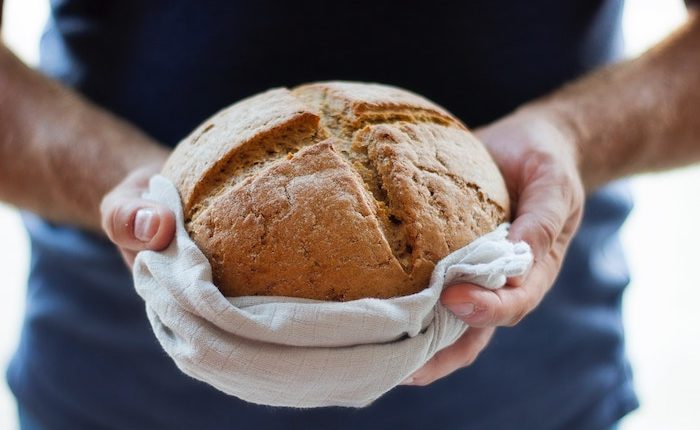Artisan baking is on the rise. Take that as a pun if you wish, but the fact is the industry is trending toward artisan (that is, handmade) baking. Instinctively, when someone hears a bakery exclusively creates handmade bread, it’s safe to assume the bread tastes and is better than machine-made bread.
In fact, “artisan” has come to mean “quality” in many customers’ minds. Bakers are earning reputations as craftsmen with their artisan creations, and even national franchises and grocery chains are marketing artisan products.
And that’s why the quality of artisan baking ingredients is so vital. When customers come in expecting quality handmade bakery products, the proprietor needs to deliver. Without the best artisan bread flours, baking supplies and ingredients, customers can leave disappointed, and that’s not good for anybody.

The Beautiful Aroma of Artisan Baking
Customers want old-world bread and bakeries want to give it to them. Talk to the owners and bakers at any artisan bakery, and they’ll tell you the most important part is the ingredients. Whole grain flours, sugar, shortening, fillings and toppings—everything a baker may need for bread, pastries and other items—have to be the best.
When customers open the door to a bakery and are engulfed by the appetizing smell of fresh, handmade bread, the saliva glands work extra hard. Everything looks good. It’s the aroma, the aura and the history of artisan products that make the perception of quality so strong.
In order to keep that perception where it belongs, especially as it continues to permeate the mainstream, artisan baking supplies and artisan baking ingredients need to be the best.
What’s your favorite artisan bakery? Can you name one or two? Now think about why it’s your favorite. We’re willing to bet it comes down to the ingredients.
